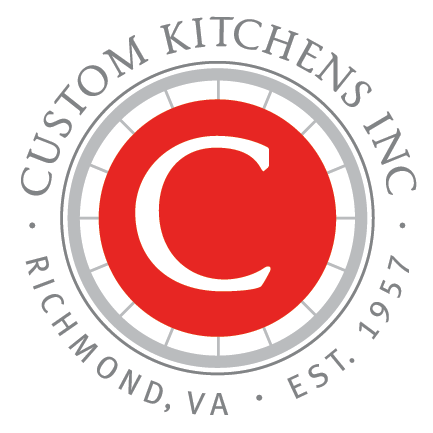The Art of Accessibility
COVID-19 has transformed the role of modern kitchens. While the kitchen has long been considered the heart of the home, it now serves multiple roles that include classroom, office, study, game room and conference room, to name a few. Increasingly, homeowners are creating the kitchen of their dreams for the long term, which includes design considerations for a multi-generational household and for aging in place.
Access is key to universal design. Open floor plan kitchens are ideal for multigenerational and aging in-place kitchen use. These styles typically provide access to other living spaces and feature multiple pathways that can accommodate those who may be confined to a wheelchair or need to use a walker. When homeowners request a kitchen where they can age in place, our designers begin with entryways into the kitchen. If doors can be eliminated, that’s great. If not, we determine if they can be expanded to at least 36 inches wide, which is the space needed to accommodate a wheelchair.
Floor coverings are another important consideration of a universally designed kitchen. Concrete, tiles and other hard surfaces can put a strain on hips, back and knees. We recommend softer surfaces, such as non-slip tile or wood.
Other aspects considered in a universally designed kitchen include countertop, cabinet and appliance height, as well as reach and safety considerations. Multi-level or adjustable countertops with rounded corners eliminate the possibility of injury and can be used by every member of the family regardless of height. Matte and other non-glare finishes make it easier on the eyes to prepare and cook meals, read recipes and perform other tasks.
For cabinets, the standard for an aging-in-place kitchen is to position cabinets three inches lower than the usual 18” above the countertop. We suggest cabinets with pull down shelves on upper cabinets and pull-out shelves or drawers for base cabinets.
Smart lights that can be controlled by voice command, motion or an app make for not only a smart kitchen but also one that can be safely used by every member of your household. Similarly, smart appliances that can be controlled by apps and voice commands help promote safety and ease of use. Ovens that are positioned at waist height or eye level are easier and safer to use than those that are positioned on the floor.
There are multiple storage solutions that provide ease of access to pots, pans, pantry items and other utensils and tools that are used daily in the kitchen. Rest assured that if you want to create a dream kitchen for the long-term, you don’t have to compromise style, functionality, look or feel.





